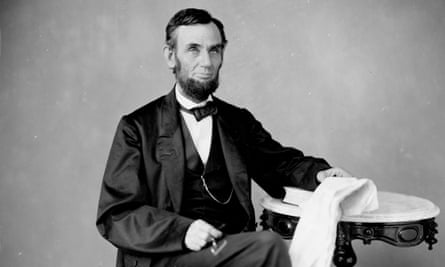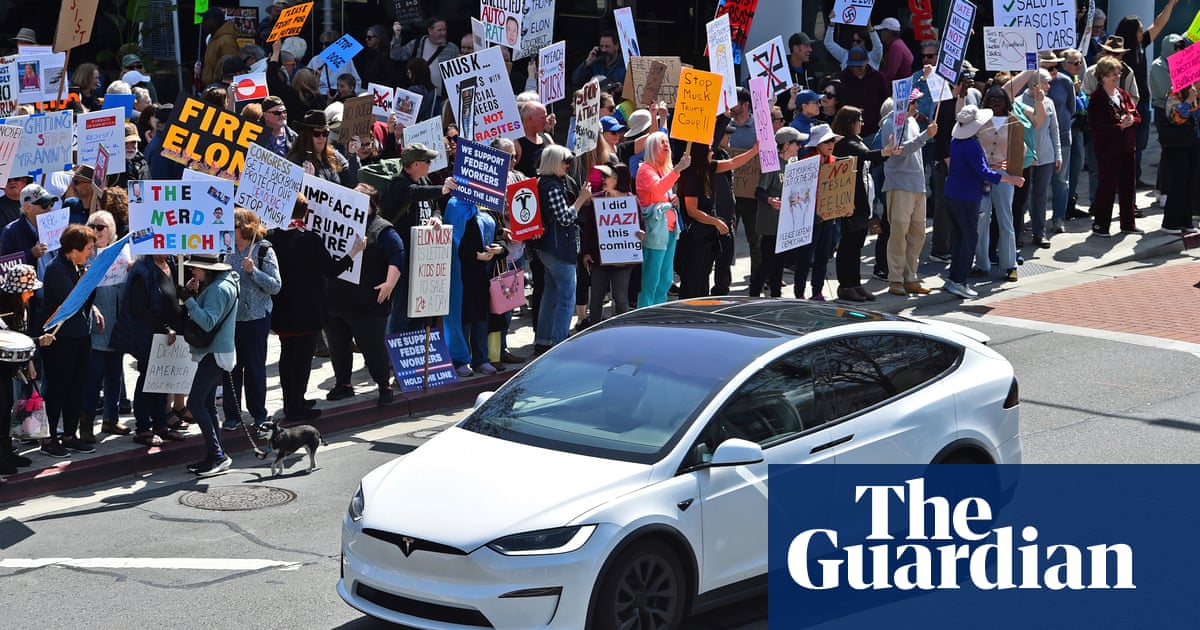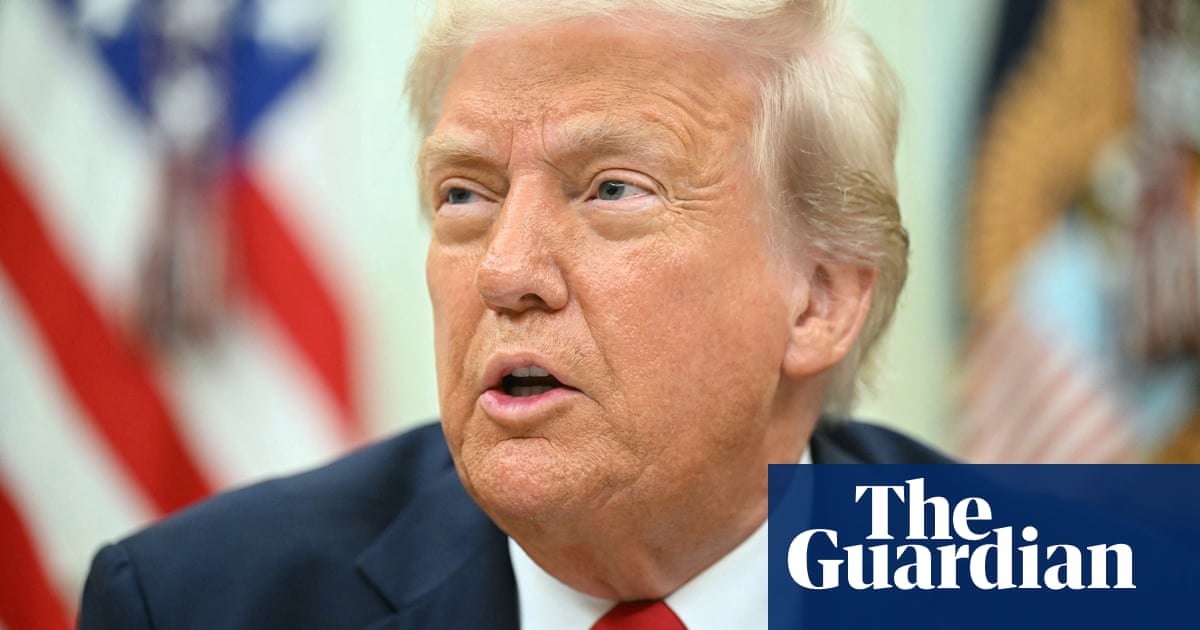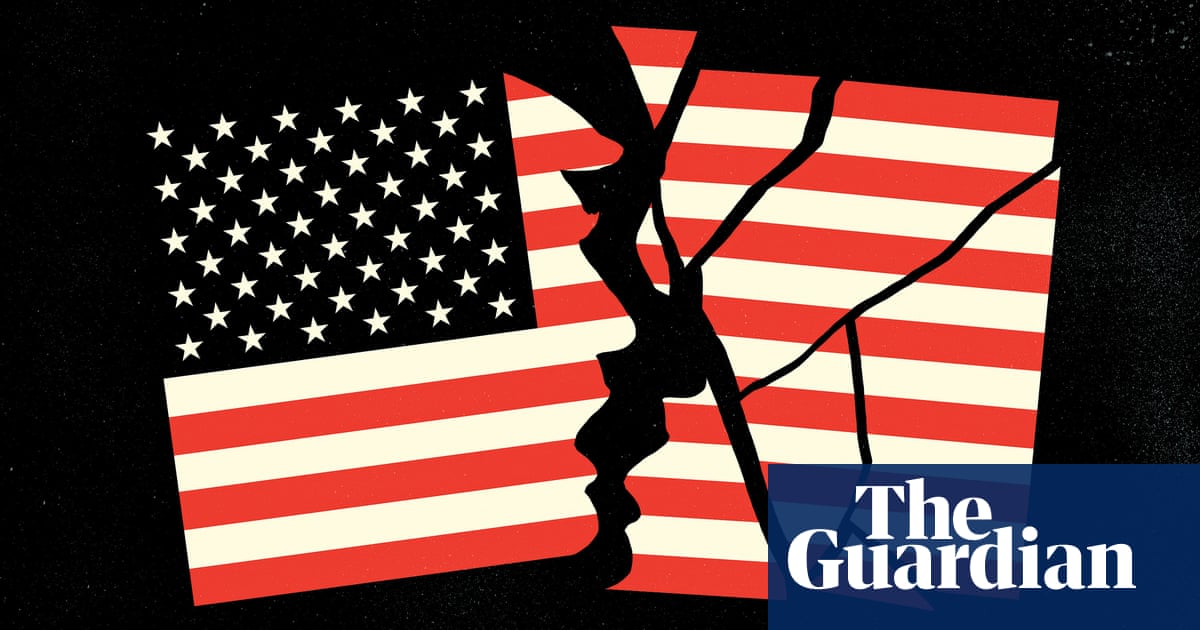Adam Kucharski is a professor at the London School of Hygiene & Tropical Medicine. As a mathematician and epidemiologist, he has advised multiple governments on outbreaks such as Ebola and Covid. In his new book Proof: The Uncertain Science of Certainty, he examines how we can appraise evidence in our search for the truth.
What inspired you to investigate the concept of proof?
Alice Stewart, an influential epidemiologist, used this nice phrase that “truth is the daughter of time”. But in many situations, whether you’re accused of a crime or thinking about a climate crisis, you don’t want to wait; there’s an urgency to accumulate evidence and set a bar for action. We’re entering an era where questions around information – what we trust and how we act – are increasingly important, and our concepts of what we can prove are shifting as well.
You examined the ways that mathematical proofs have changed throughout history. What did you learn?
I was so fascinated by the cultural differences in what people have assumed to be obvious. In Europe, for example, negative numbers were shunned for a very long time. That’s because a lot of our maths was built around ancient Greek geometry, where something like a “negative triangle” doesn’t make sense. In contrast, a lot of the early mathematical theories in Asia were driven by finance and the concepts of debt, where negative numbers make a lot more sense, so they were much more comfortable handling those concepts.
I found that ideas like calculus were also based on physical intuitions about the world: an apple falls, and we can write down the equations that drive its motion. But when you started getting down into it, you could find exceptions where the intuitions weren’t true. As a result, you had this tension with an entire community who wanted to ignore these nuisances – these “monsters”, as they called them – while other characters were pushing for an evolution of the field. Einstein’s work on relativity, for example, relied on these controversial ideas.
In the book, you draw some parallels between these mathematical debates and the politics of the time.
A lot of democratic ideas in the foundation of countries like the US attempted a kind of mathematical precision. The statement “we hold these truths to be self-evident” in the US constitution was originally “we hold these truths to be sacred”, for example. But Benjamin Franklin crossed it out because he wanted more mathematical certainty behind these ideas, as if they were axioms. And in parallel with mathematics crumbling in its foundations, you saw the US descending into civil war, because the idea that all people are created equal wasn’t self-evident to some people. You had the same tension manifesting in two different ways in two very different fields.
Tell me a bit about Abraham Lincoln. How was he influenced by mathematics in his rhetoric?
Lincoln was renowned for his speeches and the precise nature of his arguments, and that didn’t come about by coincidence. He made a conscious decision as a lawyer to get a better understanding of what it means to demonstrate something and construct an argument that is logically robust. So he went and taught himself the fundamentals of ancient Greek mathematics, Euclid’s Elements, and he would deploy those principles in his debates. He took advantage of this notion that if you can find a flaw or contradiction, you can cause someone’s entire argument to collapse.

You describe how some core concepts arose from casual conversations. How did the perfect cup of tea inspire the design of clinical trials?
There was a tearoom in Rothamsted agricultural station in Hertfordshire, and in the early 1920s, three statisticians were having a conversation when one of them, Muriel Bristol, observed that tea always tastes better if the milk is put in before the hot water. The other people around the table disagreed, but they thought it was a nice challenge to see how you could work out whether she could tell the difference or not. In the end, they calculated that you need to lay out eight cups, in which half have the milk added before the hot water, and half after, ordered randomly. This produces around 70 possible combinations, meaning there is only a 1.4% chance that Bristol would get that out of all the possibilities correct – which she did.
One of the mathematicians was Ronald Fisher, who would end up writing a landmark book called The Design of Experiments that examined how you can separate an effect from chance or human biases – and this included the principle of randomisation and using probabilities to test the strength of a hypothesis.
How is AI changing our understanding of proof?
A few years ago, I was at a dinner with a lot of AI specialists, and there was a lot of talk about the fact that AI is often more efficient if you don’t worry about it providing an explanation for what it’s doing or the decisions it makes. I found it interesting that this was a concern, because in medicine, we have a lot of things that work without us understanding why. One example is anaesthesia: we know the combination of drugs that makes a patient unconscious, but it’s not clear why they do.
We’ve struggled with similar questions for a long time, right?
In the 1970s, we had the first ever computer-aided proof of the four-colour theorem, which says that if you want to colour a map so that no two bordering countries have the same colour, you’ll only need four colours to do this. Even if you simplify it down and you look for symmetries, there are still just too many combinations to go through by hand. But a pair of mathematicians used a computer to punch those combinations and get over the line. There was a lot of scepticism, because it was the first time that you had this major theorem that mathematicians couldn’t verify by hand. But then, among the younger generation of mathematicians, there is scepticism about some of the old methods. Why would hundreds of pages of handwritten maths be more trustworthy than a computer?
I think that’s going to be an important debate in the future, as algorithms become increasingly useful for the predictions they can make, even if we don’t have an easy understanding of the way they work.
With the spread of misinformation, it may feel that many people have simply stopped caring about evidence. What do you think of this?
There has been some interesting research looking at what people say they value online, versus what they actually do. If you ask people whether accuracy is important in what they share, they’ll say they don’t want to share things that are false. In the moment, however, they often get distracted: something triggers an emotional response, or aligns with political beliefs, and they share the information on those grounds, without checking the facts.
But there are lots of layers to this. In some cases, there can be an incentive to go against what authority says, if you want to suggest that you’re not constrained by the thinking of the crowd. Henri Poincaré, a mathematician who did a lot of work in the late 19th and early 20th centuries, described something like this: “To doubt everything or to believe everything are two equally convenient solutions; both dispense with the necessity of reflection.” And I think that’s the danger, at the moment – that there’s this almost excessive doubt. People are just disengaging with truth altogether.

 German (DE)
German (DE)  English (US)
English (US)  Spanish (ES)
Spanish (ES)  French (FR)
French (FR)  Hindi (IN)
Hindi (IN)  Italian (IT)
Italian (IT)  Russian (RU)
Russian (RU)  2 days ago
2 days ago
























Comments